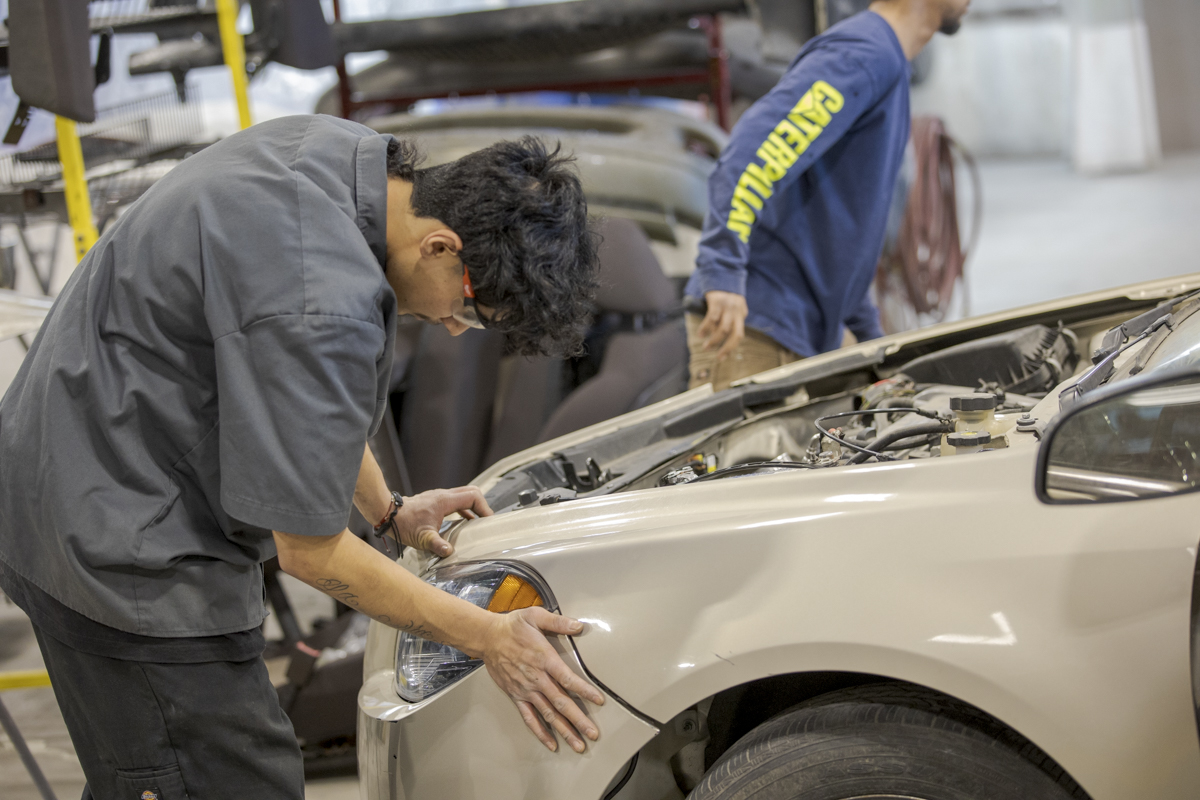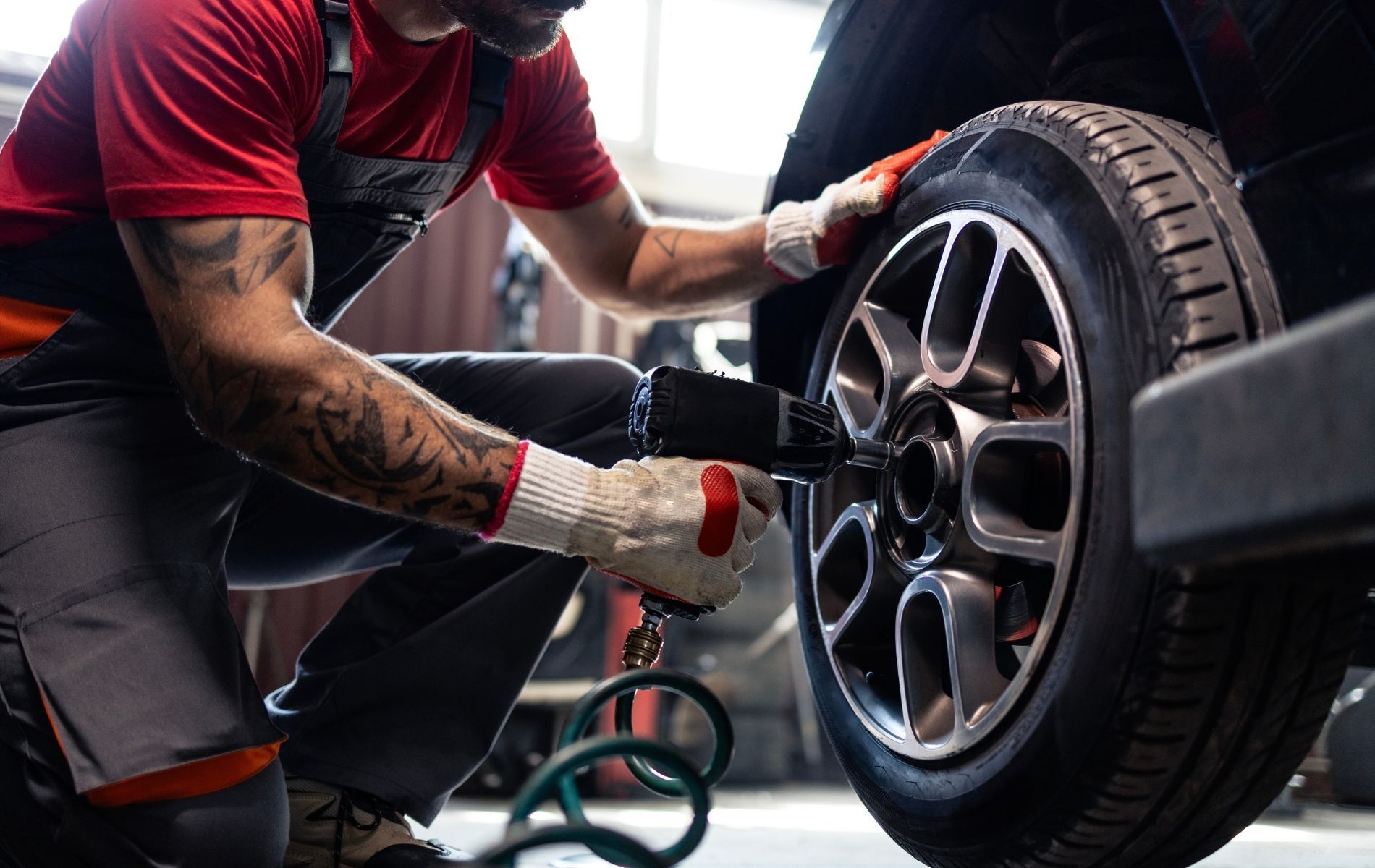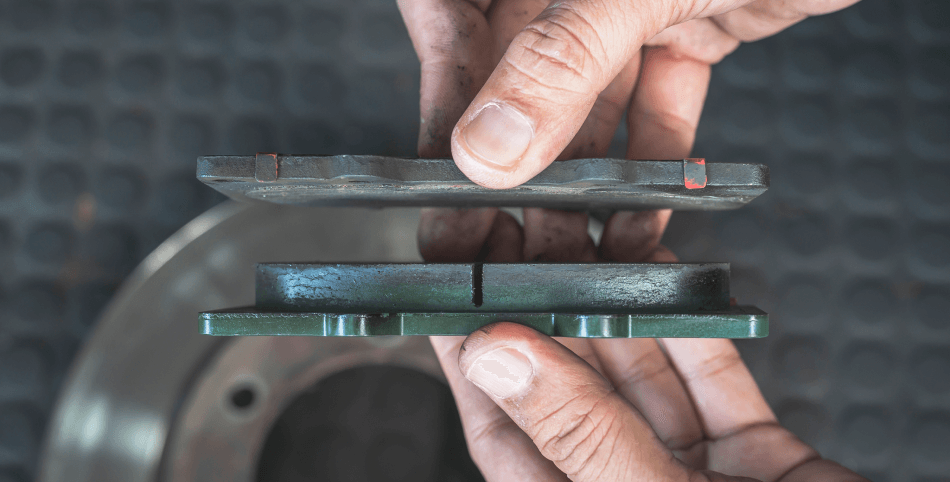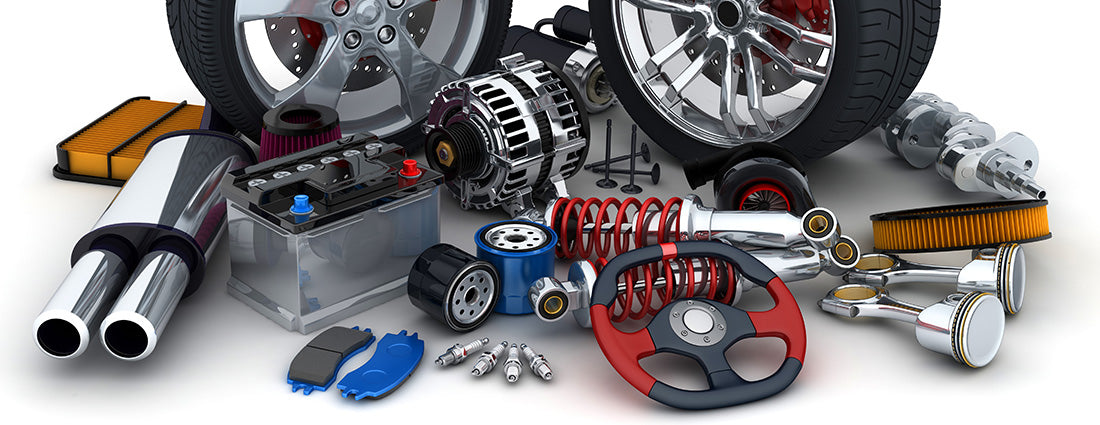
Table of Contents
Automotive Repair- Car maintenance and repair can seem like an intimidating and expensive endeavor. However, with the right knowledge, you can save significant amounts of money and time while keeping your vehicle running smoothly. Whether you are a seasoned car enthusiast or a complete novice, understanding a few essential automotive repair tips will not only ensure that your vehicle stays in top condition but also prevent costly repairs down the line. Here are seven expert-approved tips that can save you time and money, making you a more efficient and cost-effective car owner.
1. Regular Maintenance is Key

Owning a vehicle is a significant investment, and to ensure it continues to perform at its best, regular maintenance is essential. Many car owners make the mistake of delaying or neglecting routine care, only to find themselves facing expensive repairs down the road. Regular maintenance is not just about keeping your car running; it’s about preventing problems before they escalate, preserving the lifespan of your vehicle, and ultimately saving money in the long term.
The Benefits of Preventive Care
Regular maintenance is a proactive approach that keeps your vehicle in peak condition. Each vehicle comes with a manufacturer’s recommended maintenance schedule, which outlines when specific components need to be checked or replaced. Adhering to these guidelines ensures that minor issues are addressed before they turn into costly repairs. For example, changing the oil regularly prevents engine wear, keeping the moving parts lubricated and functioning smoothly. Skipping oil changes, on the other hand, can lead to engine sludge buildup and poor performance, which might eventually result in a complete engine failure.
A well-maintained car also runs more efficiently. Proper maintenance, such as regular tire rotations, air filter replacements, and spark plug inspections, ensures that the engine operates smoothly, improving fuel economy. An engine running at peak performance consumes less fuel, which translates into savings over time. When it comes to car ownership, regular maintenance essentially pays for itself by improving performance and reducing long-term expenses.
Enhancing Vehicle Longevity
The most obvious benefit of regular maintenance is the extension of your car’s lifespan. Just as humans need regular check-ups to stay healthy, your vehicle requires attention to function at its best. Timely inspections help identify worn-out parts before they cause major breakdowns. For example, replacing worn-out brake pads before they wear down to the rotor can save you from having to replace both the pads and rotors, which would be significantly more expensive.
Taking care of essential components like the timing belt, suspension system, and transmission fluid will ensure that your vehicle lasts longer, reducing the need for costly replacements. Over time, this results in substantial savings and helps you avoid the inconvenience of unexpected breakdowns.
Safety First
A well-maintained vehicle is safer to drive. Regular checks of key systems such as brakes, tires, lights, and suspension ensure that your vehicle remains in optimal condition and responds effectively to road conditions. Worn-out brake pads, for instance, can lead to longer stopping distances, increasing the risk of accidents. If tires are not properly inflated or have insufficient tread depth, they can lead to poor handling, especially in wet or icy conditions. By regularly checking these critical systems, you ensure that your car remains reliable and safe, reducing the likelihood of accidents or failures.
The Cost of Neglect
Neglecting regular maintenance may seem like a way to save money in the short term, but in reality, it can lead to much higher costs down the road. Problems that go unchecked often worsen, resulting in expensive repairs. A small issue like a loose belt, if left unattended, can damage the engine or other systems, leading to much higher repair costs. On the other hand, sticking to a maintenance schedule helps you avoid these major issues and ensures that you catch problems early when they are more affordable to fix.
Moreover, a neglected vehicle is more prone to breaking down, which can result in unexpected repair costs and time lost. The inconvenience of having your car out of commission for an extended period can disrupt your schedule, adding stress and additional costs, such as towing fees or rental cars.
Simple Yet Effective Maintenance Tasks
While some maintenance tasks require a professional mechanic, many are simple and can be performed by the car owner. Regularly checking tire pressure, changing the oil, replacing air filters, and inspecting fluid levels are all straightforward tasks that can make a big difference. These small acts of care can improve your vehicle’s performance, save you money on gas, and prevent more costly repairs in the future.
In the world of automotive care, regular maintenance is the cornerstone of vehicle longevity, performance, and safety. Whether you’re replacing filters, checking fluid levels, or scheduling professional inspections, staying on top of routine maintenance will help you avoid unnecessary repairs and costly breakdowns. A commitment to regular upkeep will not only protect your vehicle’s investment but will also ensure a smoother, more reliable driving experience for years to come. Regular maintenance is, without a doubt, the key to a healthy, dependable vehicle.
2. Keep Your Tires in Top Shape

Tires are among the most critical components of a vehicle, yet they are often overlooked when it comes to routine maintenance. Keeping your tires in top shape is not just about ensuring a smooth ride; it’s about enhancing your safety, optimizing fuel efficiency, and extending the lifespan of your vehicle. A well-maintained set of tires can make all the difference when it comes to handling, performance, and cost savings.
The Importance of Tire Pressure
One of the easiest yet most impactful ways to maintain your tires is by ensuring they are properly inflated. Tire pressure affects many aspects of driving, from fuel efficiency to tire wear. Under-inflated tires create more rolling resistance, forcing the engine to work harder and therefore burning more fuel. On the other hand, over-inflated tires can reduce the contact area with the road, which not only reduces grip but also leads to faster wear on the tire center.
Check tire pressure regularly—ideally once a month—and always before long trips. Keep in mind that tire pressure can fluctuate with temperature changes. During colder months, tire pressure tends to drop, while it increases in warmer weather. Always refer to the manufacturer’s recommendations for the optimal pressure, usually indicated on a label inside the driver’s side door frame.
Tire Rotation and Alignment
Another essential aspect of tire care is rotation. Over time, tires experience uneven wear due to differences in weight distribution, road conditions, and driving habits. Regularly rotating your tires ensures that each tire wears evenly, which prolongs their lifespan. Typically, tires should be rotated every 6,000 to 8,000 miles, but it’s important to check your vehicle’s manual for specific recommendations.
Alignment is equally important. If your vehicle’s wheels are not properly aligned, it can cause the tires to wear unevenly and lead to poor handling. Misalignment can occur from hitting curbs, potholes, or simply over time. If you notice your steering wheel pulling to one side, or if your vehicle veers off course, it’s time to have your alignment checked. Proper alignment ensures your tires wear evenly, improving both the longevity and performance of your tires.
Tire Tread Depth and Condition
The tread depth of your tires is a direct indicator of their grip and traction. Worn-out tires with shallow tread depth struggle to maintain proper contact with the road, especially in wet or slippery conditions. To ensure your tires provide optimal traction, check the tread depth regularly. A simple way to measure tread depth is by using the “penny test.” Place a penny head-first into the tread grooves; if the top of Lincoln’s head is visible, it’s time to replace the tires.
In addition to tread depth, the overall condition of the tire should be inspected. Look for any cuts, bulges, or foreign objects embedded in the tire. Any of these could compromise the integrity of the tire and cause a blowout or puncture. Even if the tread looks fine, a tire with visible damage may need replacing.
Tire Balancing and Suspension
Tires can lose balance over time due to uneven wear or road impact. An imbalanced tire can cause vibration while driving, leading to discomfort and even damage to the vehicle’s suspension system. If you experience vibrations in the steering wheel or the seat, it’s essential to have your tires balanced. Tire balancing ensures smooth rotation, improves handling, and reduces wear on other parts of the vehicle.
Equally important is the condition of your vehicle’s suspension system. The suspension works in conjunction with the tires to absorb shocks from the road, providing a smoother and safer driving experience. If the suspension is worn out or damaged, it can lead to uneven tire wear. Regular suspension checks, typically every 50,000 miles, are crucial to maintaining tire health.
The Benefits of Proper Tire Maintenance
Maintaining your tires in top shape not only ensures a smoother, safer ride but also brings tangible financial benefits. Proper tire maintenance leads to better fuel efficiency by reducing rolling resistance and preventing unnecessary drag. Additionally, well-maintained tires last longer, meaning you’ll spend less on frequent replacements. Tires in good condition also improve braking performance and vehicle handling, particularly in adverse weather conditions like rain, snow, or ice.
By committing to regular tire care, you’re not just saving money; you’re enhancing your driving experience. Tires that are properly inflated, rotated, aligned, and balanced contribute to better overall vehicle performance. Furthermore, they keep you safe on the road, providing the traction and control necessary to avoid accidents.
Keeping your tires in top shape is crucial to your vehicle’s overall performance, safety, and longevity. By staying on top of tire pressure, rotation, alignment, tread depth, and balancing, you can significantly improve your driving experience. Tire care isn’t just about extending tire life; it’s about ensuring a smoother, safer ride that saves you time and money in the long run. Proper tire maintenance should never be overlooked—it’s a simple but essential step in protecting your vehicle and your safety on the road.
3. Know When to Replace the Brake Pads

Brakes are one of the most vital components of your vehicle, and ensuring they are functioning properly can save lives. Worn-out brake pads not only decrease braking efficiency but can also damage the rotors, leading to costly repairs. The key to avoiding this is to inspect your brake pads regularly.
The general rule is to replace brake pads when they are worn down to around 3mm. If you hear squeaking, squealing, or grinding noises when applying the brakes, it’s time for a replacement. Ignoring this crucial maintenance can result in a complete brake system failure, which can cost thousands to repair.
4. Clean and Replace Air Filters Regularly
Your vehicle’s engine relies on a steady flow of air to run efficiently. A clogged air filter can restrict airflow, causing the engine to work harder and use more fuel. Over time, this leads to decreased performance, higher fuel consumption, and potential damage to the engine. Fortunately, replacing your air filter is one of the simplest and most cost-effective automotive repairs you can perform.
Most manufacturers recommend replacing the air filter every 12,000 to 15,000 miles, but this depends on the driving conditions. If you often drive in dusty areas or stop-and-go traffic, your filter may need replacing more frequently. By changing the air filter at regular intervals, you’ll improve fuel efficiency and extend the life of your engine, saving you both time and money in the long run.
5. Don’t Ignore Warning Lights
Modern vehicles are equipped with sophisticated warning systems designed to alert drivers of potential issues. Ignoring these warning lights can lead to larger, more expensive problems down the line. The “check engine” light, for example, could indicate anything from a loose gas cap to a major engine issue. The sooner you address the issue, the less likely it is to cause severe damage.
Investing in an OBD-II scanner can help you diagnose minor issues before they become major problems. These devices plug into your car’s computer system and allow you to read the diagnostic codes, helping you pinpoint the issue. If you’re unsure, it’s always best to consult a professional mechanic to avoid further damage. Proactively addressing warning lights can save you from expensive repairs and potentially hazardous situations.
6. Maintain Your Battery
A dead car battery can leave you stranded, and in many cases, replacing a battery is far cheaper than dealing with the aftermath of a breakdown. Fortunately, battery maintenance is simple and can save you from needing a costly replacement. Regularly inspect your battery for corrosion, leaks, or any signs of wear. Clean the terminals using a mixture of baking soda and water to remove corrosion, which can impede proper electrical flow.
Additionally, make sure your battery is properly charged, especially if the car is not used frequently. If your car’s battery is more than three years old, it might be a good idea to have it tested at your local auto shop. Keeping your battery in top condition will ensure you don’t encounter unexpected failures, ultimately saving you time and money.
7. DIY Small Repairs and Learn Basic Skills
While not all car repairs can be tackled by the average car owner, there are several minor repairs and maintenance tasks that you can learn to do yourself. Small repairs, like changing light bulbs, replacing windshield wipers, or topping off fluids, can be done at home with minimal tools and experience. Learning to perform these basic tasks can save you a significant amount in labor fees and spare parts.
Before attempting any DIY repairs, always consult your car’s manual for guidance. Online resources such as tutorials and forums can also be invaluable for troubleshooting and learning how to fix common issues. Taking the time to educate yourself on simple repairs can not only save you money but also help you feel more confident in your ability to handle unexpected situations on the road.
Conclusion
Maintaining your car doesn’t have to be an overwhelming or expensive process. By following these seven essential automotive repair tips, you can ensure that your vehicle stays in optimal condition while saving money and time. Regular maintenance, proactive repairs, and simple DIY skills can go a long way in preventing costly breakdowns and extending the lifespan of your car. A little effort upfront can save you from much larger problems down the road, allowing you to enjoy a safer, more reliable driving experience.




